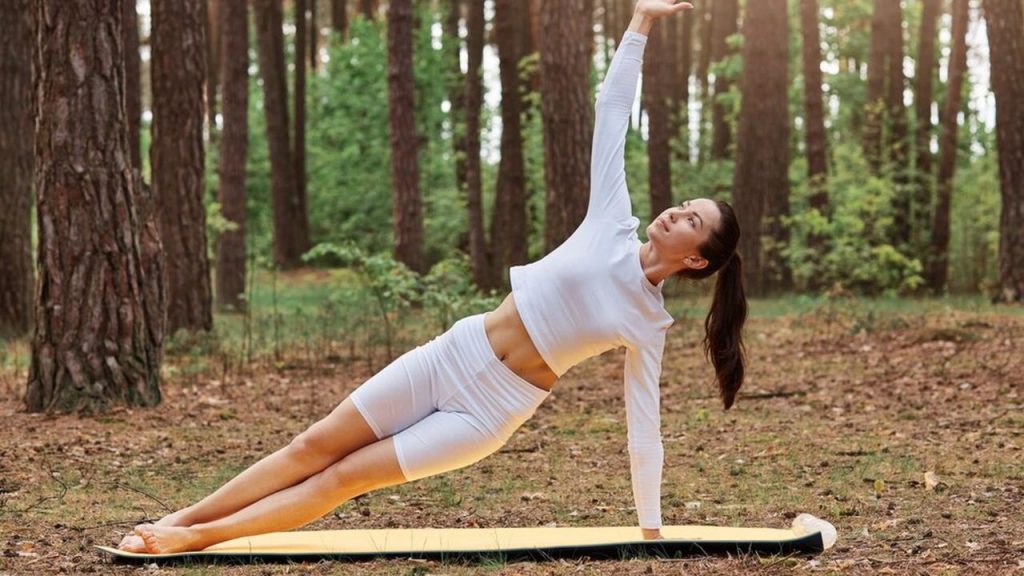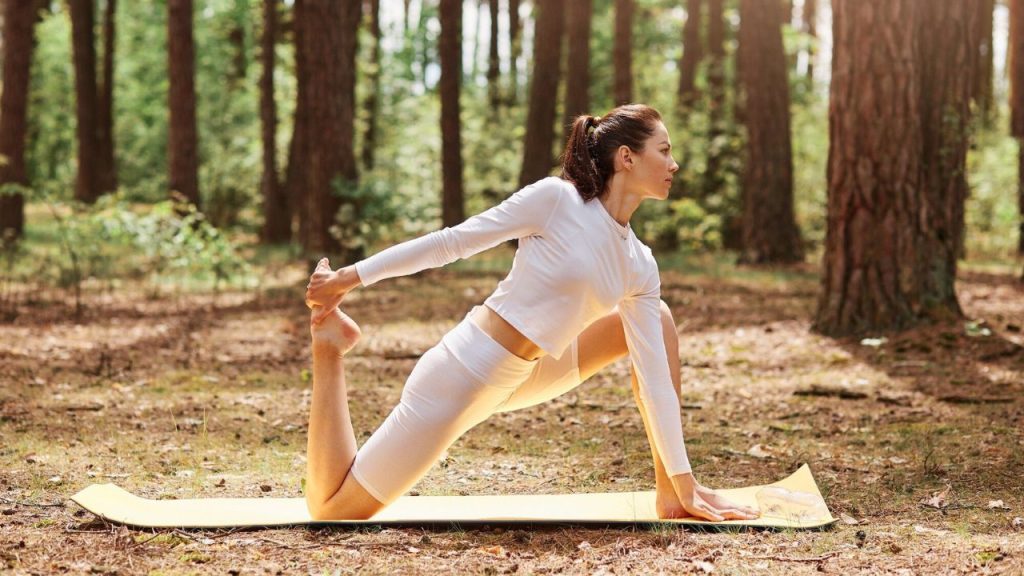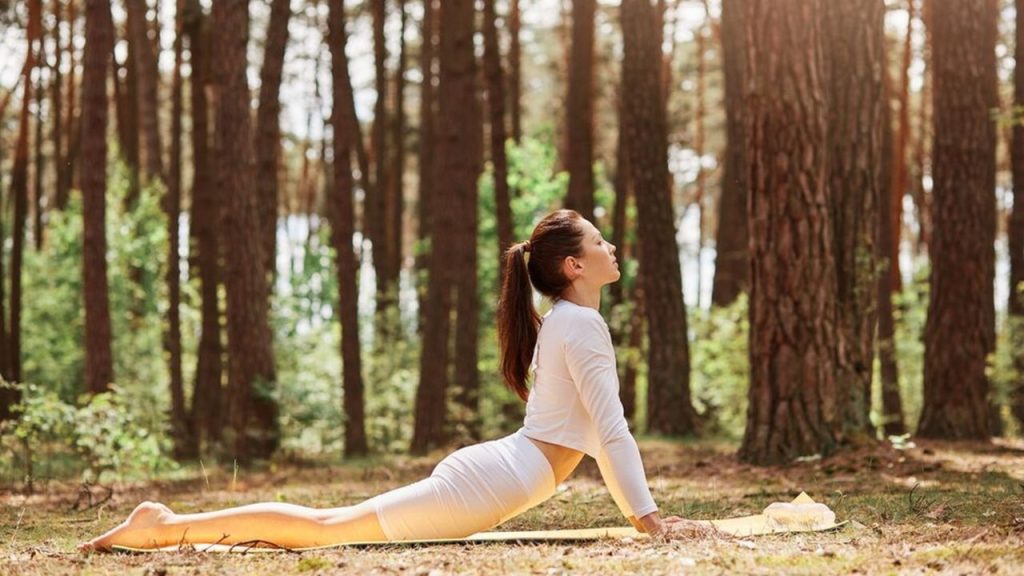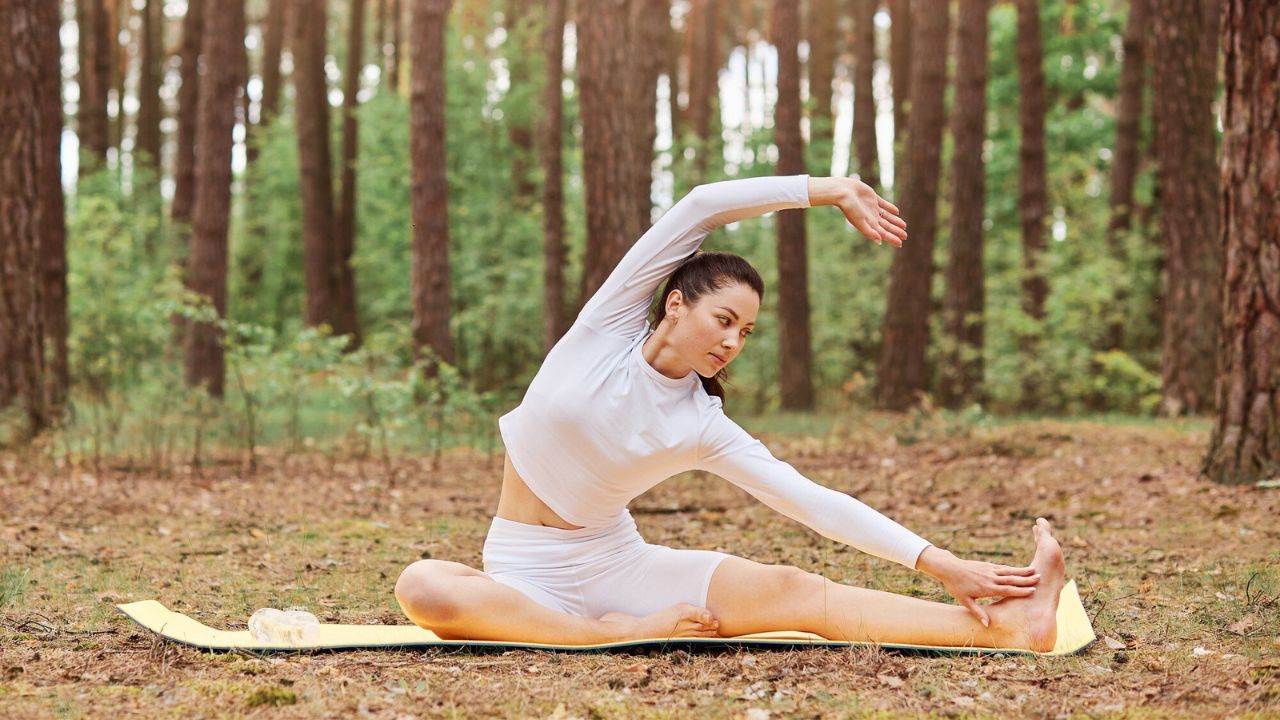As a yoga enthusiast and avid camper, I’ve discovered the joys of combining these two passions. Practicing yoga while camping has not only enhanced my outdoor experiences but has also deepened my connection with nature.
In this article, I’ll share my insights and tips on how to maintain a fulfilling yoga practice while enjoying the great outdoors.
Why Practice Yoga While Camping?
Camping is an excellent opportunity to escape the hustle and bustle of daily life and immerse oneself in nature. By incorporating yoga into your camping routine, you can:
- Reduce stress and anxiety
- Improve flexibility and strength
- Enhance mindfulness and self-awareness
- Boost your mood and overall well-being
- Connect with the natural world around you
Essential Gear for Outdoor Yoga
To practice yoga while camping, you’ll need a few key items:
- Yoga mat or towel
- Comfortable, breathable clothing
- Sunscreen and insect repellent
- Water bottle
- Optional: blocks, straps, or other props
I prefer to use a lightweight, travel-friendly yoga mat that’s easy to pack and clean. If you don’t have a mat, a large towel or even a smooth patch of grass can suffice.
Finding the Perfect Spot
One of the joys of practicing yoga while camping is the opportunity to choose a stunning natural setting for your practice. Look for a flat, even surface with plenty of space to move around. Consider factors such as:
- Shade and sun exposure
- Proximity to water sources
- Privacy and seclusion
- Scenic views and natural beauty
I love practicing near a peaceful lake or stream, where I can listen to the soothing sounds of water while I move through my poses.
Morning Yoga Sequence

Starting your day with a gentle yoga practice can energize your body and clear your mind for the adventures ahead. Here’s a simple morning sequence I enjoy:
- Mountain Pose (Tadasana)
- Standing Forward Bend (Uttanasana)
- Half Standing Forward Bend (Ardha Uttanasana)
- Low Lunge (Anjaneyasana)
- Downward-Facing Dog (Adho Mukha Svanasana)
- Cobra Pose (Bhujangasana)
- Child’s Pose (Balasana)
- Seated Forward Bend (Paschimottanasana)
- Seated Twist (Ardha Matsyendrasana)
- Corpse Pose (Savasana)
Hold each pose for 5-10 breaths, focusing on your breathing and bodily sensations. Modify the poses as needed to suit your flexibility and strength.
Evening Yoga Sequence

After a day of hiking, swimming, or exploring, a calming evening yoga practice can help you unwind and prepare for a restful night’s sleep. Try this soothing sequence:
- Easy Pose (Sukhasana)
- Cat-Cow Stretch (Marjaryasana-Bitilasana)
- Thread-the-Needle Pose (Parsva Balasana)
- Puppy Pose (Uttana Shishosana)
- Seated Forward Bend (Paschimottanasana)
- Head-to-Knee Forward Bend (Janu Sirsasana)
- Reclining Bound Angle Pose (Supta Baddha Konasana)
- Happy Baby Pose (Ananda Balasana)
- Supine Twist (Jathara Parivartanasana)
- Corpse Pose (Savasana)
Hold each pose for 5-10 breaths, allowing your body to relax and release any tension or stress from the day.
Mindfulness and Meditation
In addition to physical asanas, incorporating mindfulness and meditation into your camping yoga practice can deepen your connection with nature and promote inner peace. Try these simple techniques:
- Seated meditation: Find a comfortable seated position and focus on your breath, observing thoughts without judgment.
- Walking meditation: As you hike or explore, pay attention to the sensations of each step and the natural world around you.
- Gratitude practice: Take a moment to reflect on the beauty of your surroundings and express gratitude for the opportunity to experience it.
I find that practicing mindfulness and meditation in nature helps me cultivate a greater sense of presence and appreciation for the world around me.
Yoga with a Partner

If you’re camping with a friend or loved one, practicing yoga together can be a fun and bonding experience. Try these partner poses:
- Double Tree Pose (Vrikshasana)
- Double Boat Pose (Navasana)
- Double Seated Forward Bend (Paschimottanasana)
- Double Seated Twist (Ardha Matsyendrasana)
- Double Corpse Pose (Savasana)
Remember to communicate openly and respect each other’s boundaries and abilities.
Yoga for Kids
If you’re camping with children, introducing them to yoga can be a wonderful way to encourage mindfulness and connection with nature. Try these kid-friendly poses:
- Tree Pose (Vrikshasana)
- Warrior I Pose (Virabhadrasana I)
- Cobra Pose (Bhujangasana)
- Child’s Pose (Balasana)
- Happy Baby Pose (Ananda Balasana)
Make the practice fun and engaging by incorporating games, stories, and animal sounds into the poses.
Adapting to Weather Conditions
Practicing yoga outdoors means being prepared for various weather conditions. Here are some tips for adapting your practice:
- Hot weather: Practice early in the morning or late in the evening, seek shade, and stay hydrated.
- Cold weather: Dress in layers, focus on warming poses like Sun Salutations, and listen to your body’s needs.
- Windy conditions: Find a sheltered spot, use a heavier mat or towel, and focus on grounding poses.
- Rainy weather: Practice inside your tent or shelter, or embrace the rain with a mindful walking meditation.
Remember, the goal is to work with the natural elements, not against them.
Frequently Asked Questions (FAQ)
What if I’m new to yoga?
If you’re new to yoga, start with simple, beginner-friendly poses and listen to your body’s limits. Consider attending a few classes or watching instructional videos before your camping trip to familiarize yourself with the basics.
How long should I practice yoga while camping?
The length of your practice is up to you and your schedule. Even a short 10-15 minute practice can provide benefits. Aim for a balance that allows you to enjoy both yoga and other camping activities.
What if I don’t have a yoga mat?
If you don’t have a yoga mat, you can use a large towel, blanket, or even practice directly on the grass or sand. Just make sure to choose a relatively smooth, even surface.
Can I practice yoga if I have injuries or limitations?
Yes, you can practice yoga with injuries or limitations. However, it’s essential to listen to your body and modify poses as needed. If you have a serious injury or condition, consult with a healthcare professional or experienced yoga teacher before starting a new practice.
How can I practice yoga sustainably while camping?
To practice yoga sustainably while camping, follow Leave No Trace principles. Pack out any trash, respect wildlife, and minimize your impact on the environment. Consider using eco-friendly yoga gear and supporting outdoor organizations that prioritize conservation.
Conclusion
Practicing yoga while camping has enriched my outdoor experiences in countless ways. By combining the benefits of yoga with the beauty and serenity of nature, I’ve found a deeper sense of connection, peace, and gratitude.
Whether you’re a seasoned yogi or a beginner, I encourage you to give camping yoga a try. Start with simple poses, be patient with yourself, and remember to breathe. With time and practice, you may find that yoga becomes an essential part of your camping routine, enhancing your physical, mental, and spiritual well-being.
So, the next time you head out into the great outdoors, pack your yoga mat alongside your tent and sleeping bag. Find a quiet spot, unroll your mat, and let the magic of nature inspire your practice. Namaste, and happy camping!

Hi there! I’m John W. Perkins writer and Founder howmp.com. As a passionate outdoorsman and travel enthusiast, I’ve made it my mission to share my experiences and knowledge with fellow adventurers like you.

